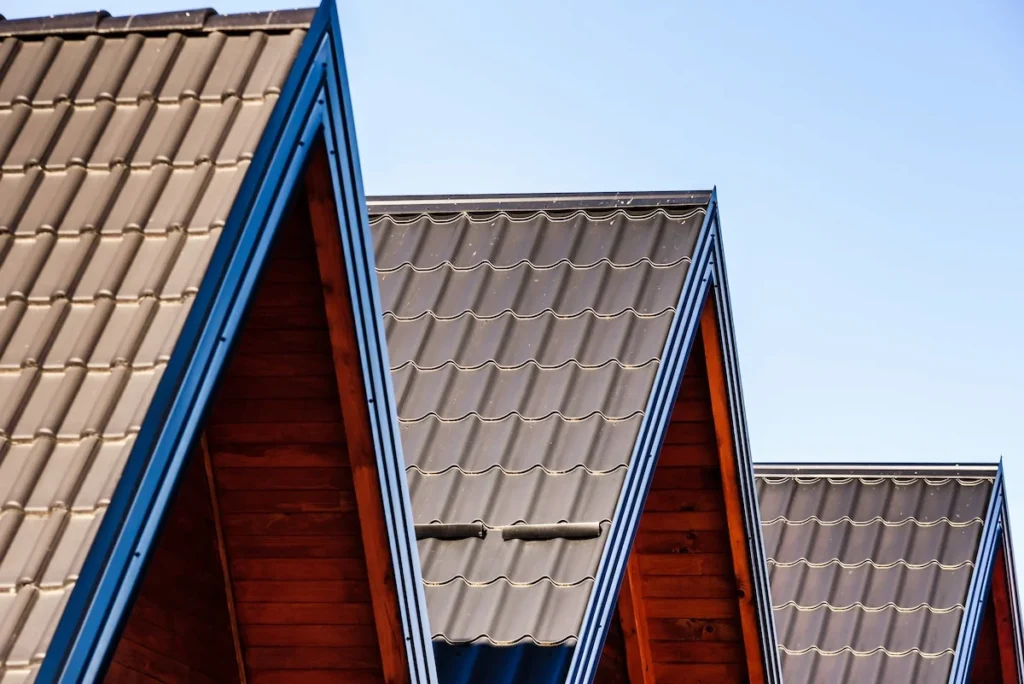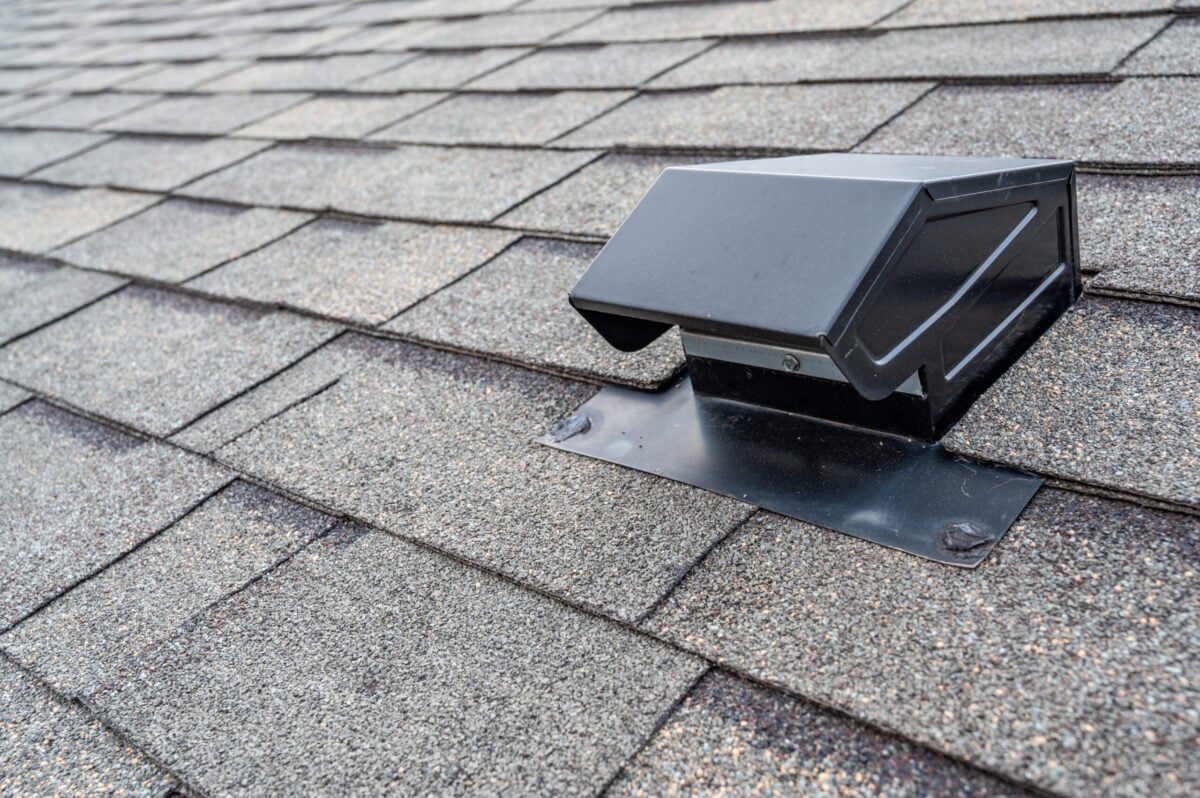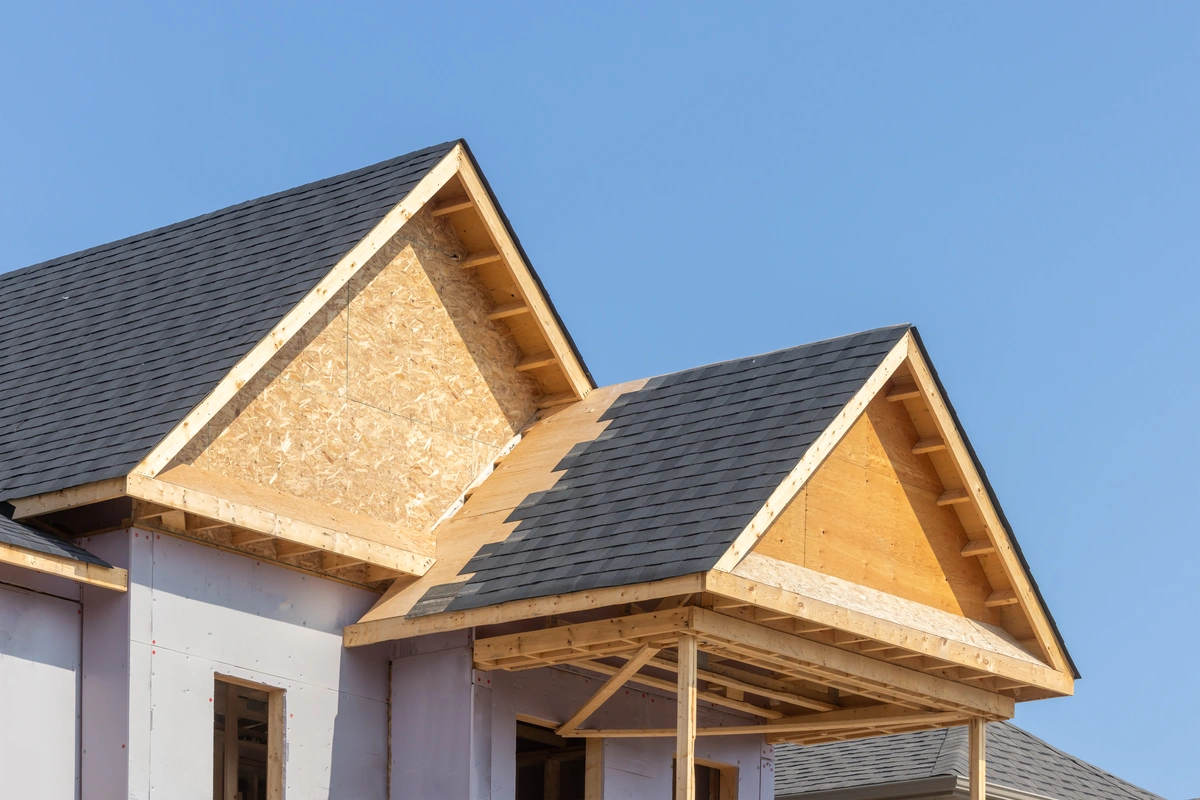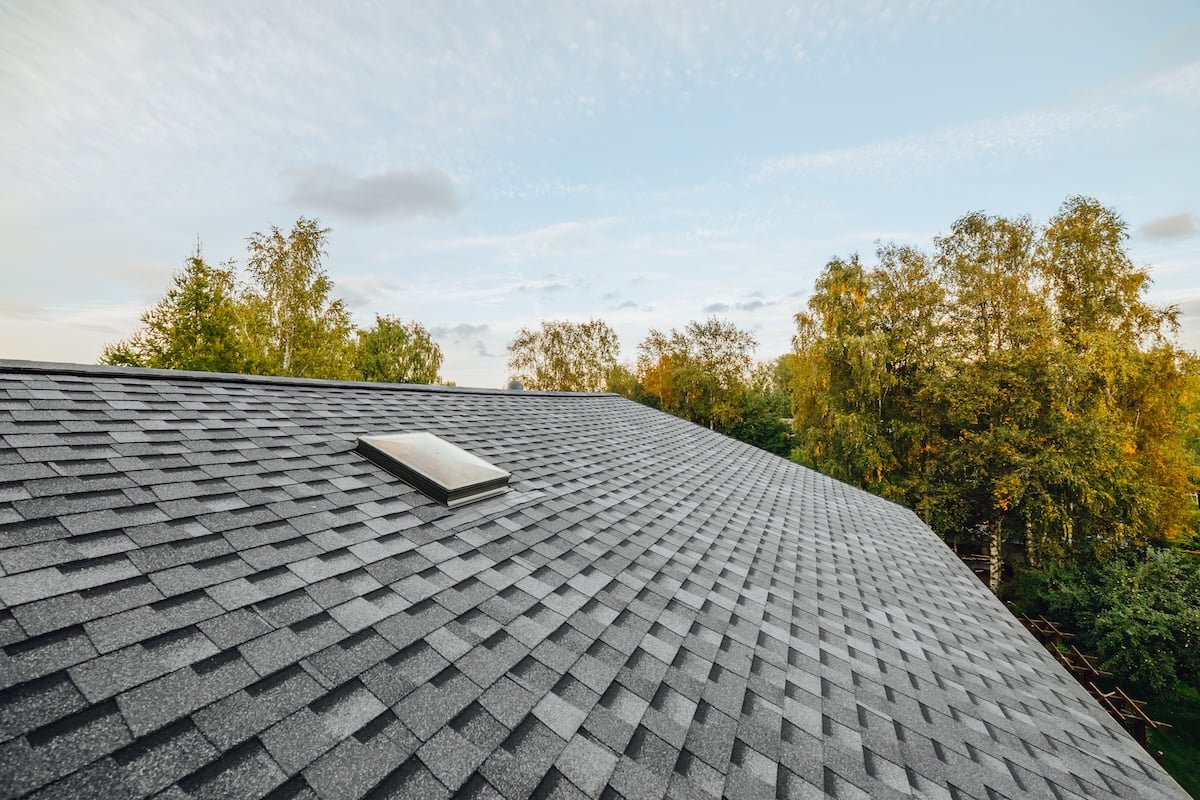
How Long Does A Roof Last? (Material Comparison)
When it comes to your home’s roof, longevity is everything. After all, a roof not only protects your home from the elements but also plays a crucial role in its value and curb appeal. But the lifespan of a roof can vary significantly depending on the materials used, climate, and maintenance practices.
If you’re wondering, “How long does a roof last?” this blog will explore just that. Here’s what we’ll cover:
- How long do popular roofing materials last?
- The #1 factors that affect a roof’s lifespan
- Why professional installation and maintenance matter
🤔 How Long Do Popular Roofing Materials Last?

Choosing the right roofing material is essential for the longevity, durability, and overall maintenance of your roof. The type of material you select can impact not only how long your roof lasts but also its ability to withstand harsh weather, energy efficiency, and even the resale value of your home. Whether you prioritize affordability, eco-friendliness, or aesthetics, understanding the lifespan and characteristics of each option can help you make an informed decision. Here’s a quick breakdown of popular roofing materials:
- Asphalt Shingles: Lifespan 20-30 years. Affordable, widely available, and easy to install, but less durable and prone to weather damage.
- Metal Roofing: Lifespan 40-70 years. Durable, energy-efficient, and recyclable, though it has a higher upfront cost and can be noisy in heavy rain.
- Clay/Concrete Tiles: Lifespan 50-100 years. Fire-resistant and low-maintenance, but heavy, expensive, and may need structural support.
- Wood Shingles/Shakes: Lifespan 25-40 years. Eco-friendly with a natural look, though prone to mold, mildew, and fire unless treated.
- Slate Roofing: Lifespan 75-100+ years. Stunning and virtually indestructible, but very expensive and heavy, needing reinforced structures.
- Flat Roofs: Lifespan 10-30 years. Affordable and great for solar panels, but requires frequent maintenance and is prone to water pooling.
✅ 7 Factors That Affect a Roof’s Lifespan

Several factors can significantly influence how long your roof lasts. Let’s explore these in detail:
1. Quality of Materials
The quality of materials used for your roof plays a vital role in determining its lifespan and overall performance. Higher-quality materials may come with a steeper price tag initially, but they often prove to be a worthwhile investment in the long term. Premium options, such as slate or metal, are not only visually appealing but also exceptionally durable. These materials can significantly reduce repair and replacement costs over time, offering better value for your money. Choosing reliable, high-grade materials ensures that your roof will withstand wear and tear more effectively, providing peace of mind for years to come.
2. Installation
Even the best roofing materials won’t perform as intended if they are not installed properly. Proper installation is crucial to ensure that your roof is structurally sound and built to endure environmental challenges. A poorly installed roof may lead to leaks, sagging, or other costly issues that could have been avoided with professional workmanship. Hiring experienced roofing contractors ensures that your materials are correctly installed, maximizing their longevity and minimizing the likelihood of premature failure. Professional installation gives your roof the solid foundation it needs to thrive in the long run.
3. Climate and Weather
The climate and weather in your region significantly impact the lifespan of your roof. Harsh weather conditions, such as heavy snowfall, hailstorms, high winds, or extreme heat, can accelerate wear and tear on roofing materials. For instance, asphalt shingles may wear out more quickly in areas prone to hailstorms, while metal roofs are better suited to withstand such conditions. Similarly, regions with excessive heat or humidity can shorten the lifespan of certain materials unless they are specifically designed to handle these challenges. Understanding how your local climate affects your roof can help you make informed choices about materials and maintenance.
4. Ventilation
Proper attic ventilation is a critical yet often overlooked factor in roof longevity. Adequate airflow prevents moisture buildup, which can lead to serious problems such as mold, mildew, and structural damage like rot. Without proper ventilation, heat and moisture can become trapped in your attic, weakening the roof’s supporting structures over time. Effective ventilation systems not only improve air circulation but also help regulate indoor temperatures, reducing strain on your roof and extending its life. By investing in proper ventilation, you protect your roof from unseen damage while preserving the structural integrity of your home.
5. Maintenance
Routine maintenance is one of the simplest yet most effective ways to ensure your roof stays in good condition. Tasks such as clearing debris, cleaning gutters, and inspecting for damage play a crucial role in preventing small issues from becoming major problems. Neglecting maintenance can lead to leaks, water damage, and other costly repairs that could have been easily avoided. Regularly inspecting your roof for signs of wear or damage allows you to address potential concerns early, extending its lifespan and saving you money in the long term. A well-maintained roof is a reliable roof.
6. Slope of the Roof
The slope, or pitch, of your roof has a direct impact on how well it performs and how long it lasts. Steep roofs are better at shedding water and snow, reducing the risk of water pooling and related damage. In contrast, flat or low-sloped roofs are more susceptible to water accumulation, which can lead to leaks and structural issues if not properly managed. Choosing the right roofing materials and design for your roof’s slope is essential for maximizing its efficiency and durability. Understanding how slope affects your roof’s performance allows you to make better decisions during installation and maintenance.
7. Tree Coverage
While trees can enhance the beauty of your property and provide valuable shade, they can also pose challenges for your roof. Overhanging branches can scratch or puncture roofing materials, especially during storms or high winds. Additionally, falling leaves, twigs, and other debris can accumulate on your roof, trapping moisture and accelerating wear and tear. This can lead to issues such as moss growth, leaks, and water damage if not addressed promptly. Maintaining proper tree trimming and clearing debris regularly will help protect your roof from these risks, ensuring it remains in good condition over time.
⭐️ The Importance of Regular Roof Inspections

Regular roof inspections are essential for identifying and addressing potential problems before they escalate into expensive repairs. Over time, roofs endure wear and tear from natural aging, harsh weather conditions, and environmental factors. Neglecting routine inspections can result in issues such as leaks, damaged shingles, or structural weakening, compromising the safety and functionality of your home.
Why Roof Inspections Matter
Roofs are your home’s first line of defense against the elements. From heavy rain and snow to high winds and extreme heat, your roof takes the brunt of it all. Inspections help spot vulnerabilities early, such as cracked or missing shingles, sagging areas, or water stains. Ignoring these warning signs can lead to more severe problems, like structural damage or mold growth, which are much costlier to repair.
Key Benefits of Regular Inspections
Scheduling routine roof inspections offers numerous advantages. First, it helps extend the lifespan of your roof by ensuring small issues are fixed before they worsen. Second, inspections save you money in the long term by preventing costly repairs or early roof replacements. Finally, they give homeowners peace of mind, knowing their property is well-protected against unpredictable weather and other risks.
Professional Roof Inspections vs. DIY
While you can perform basic visual inspections yourself, hiring a professional is highly recommended. Roofing experts have the training and tools to identify hidden damage that might go unnoticed. They can also provide detailed reports and suggest the best course of action for maintenance or repairs. A professional inspection ensures your roof is thoroughly evaluated, offering a level of expertise that DIY efforts simply can’t match.
How Often Should You Inspect Your Roof?
As a general rule, it’s best to inspect your roof twice a year—once in the spring and again in the fall. Additionally, inspections should be conducted after major weather events, such as storms or hurricanes, to assess any damage. Keeping to this schedule ensures your roof remains in optimal condition year-round.
🏡 Roof Lifespan Guide
The lifespan of your roof depends on many factors, from the materials used to the quality of installation and regular maintenance. That’s why choosing the right roofing partner is essential. At ROOF TIGER, we combine years of expertise, high-quality materials, and GAF-certified workmanship to ensure your roof stands the test of time.
Our commitment to transparency, precision, and customer satisfaction makes us the team you can rely on for all your roofing needs. Ready to protect your home with a roof built to last? Contact ROOF TIGER today for a free roof inspection and take advantage of our seasonal savings!






